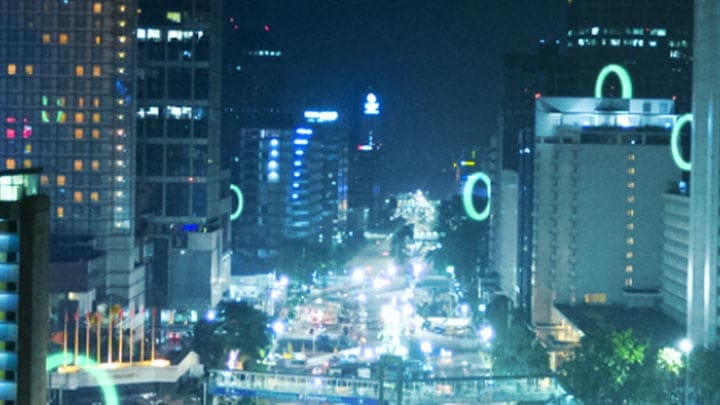The need to assess environmental impacts has led to a proliferation of green labels, circularity scores, and sustainability ratings. However, quantifying and comparing the multifaceted environmental impact of products across various categories is no simple task.
The intricate web of supply chains, manufacturing processes, and disposal or reuse methods that underpin the lifecycle of a product makes it exceedingly difficult to accurately assess and compare all the environmental implications. And reducing the complex matter of evaluating various environmental impacts to a single rating can be misleading and difficult for non-experts to understand.
In industries like lighting and construction, where sustainability is an increasingly vital consideration, Environmental Product Declarations (EPDs) serve as an essential tool by providing a single, reliable, and transparent method for quantifying a product’s true impact.
EPDs are standardized documents that provide detailed information on a product's true environmental impact throughout its entire lifecycle, offering essential data on energy consumption, carbon emissions, and resource usage.
Businesses can use this data to understand their actual performance and consequently make more informed decisions that align with their sustainability objectives, leading to more eco-conscious products and services.
The backbone of an EPD is provided by a Life Cycle Assessment (LCA), which assesses the environmental effects associated with a product or process from the moment its raw materials are extracted up until its end-of-life disposal. The EPD then communicates the results of this assessment in a clear and concise manner. The information featured in the EPD supports sustainability claims regarding the product and makes it easier to compare similar products.
Before the use of EPDs became widespread, many countries and regions created their own local regulations that tended to focus on specific aspects like water, air, and noise.
These aimed to prevent pollution from sources such as factories, vehicles, and construction sites, often with penalties for non-compliance.
The world's first environmental management systems standard, BS 7750, was published in the UK in 1992 by the British Standards Institution (BSI) to respond to growing concerns about the environment. This standard then supplied the template for developing the ISO 14000 series, which in turn provided the template for the Life Cycle Assessment (LCA) that forms an integral part of today’s EPD verification methodology.
Although earlier standards and regulations aimed to reduce the negative environmental impact of certain products and services, they often lacked the scope and standardized format of EPDs.
One-quarter of the electricity consumed by municipalities1 is accounted for by public and area lighting. Additionally, lighting currently accounts for 2% of global CO2 emissions, both of which could be drastically reduced by replacing traditional lighting systems with energy-efficient LED technology.
Lighting is therefore an industry where EPDs can make a real difference, by quantifying the environmental impact of different products over their full lifecycle, enabling transparent comparisons and empowering customers to make more informed decisions.
EPDs not only simplify sustainability certification, but they also drive transparency, making them relevant for all company stakeholders. They foster evidence-based, sustainable innovation by providing a quantified footprint that acts as a baseline for further improvements to future product iterations. They also provide a way for specifiers and end-users to proactively comply with international sustainability standards.
So, the time is now for the lighting industry to embrace EPDs. In recognition of their importance, Signify has already made available more than 3,500 EPDs, covering more than 80% of our LED portfolio—with more due soon to share the environmental impact of our entire product range with full transparency.
By incorporating EPD-certified products into their infrastructure, businesses and buildings can better define their environmental objectives and meet increasingly strict regulatory requirements. It’s also easier for businesses to report transparently on their environmental impact, with reliable data to substantiate their sustainability claims.
Signify (Euronext: LIGHT) is the world leader in lighting for professionals, consumers and the Internet of Things. Our Philips products, Interact systems and data-enabled services, deliver business value and transform life in homes, buildings and public spaces. In 2023, we had sales of EUR 6.7 billion, approximately 32,000 employees and a presence in over 70 countries. We unlock the extraordinary potential of light for brighter lives and a better world. We have been in the Dow Jones Sustainability World Index since our IPO for seven consecutive years and have achieved the EcoVadis Platinum rating for four consecutive years, placing Signify in the top one percent of companies assessed. News from Signify can be found in the Newsroom, on X, LinkedIn and Instagram. Information for investors is located on the Investor Relations page.
